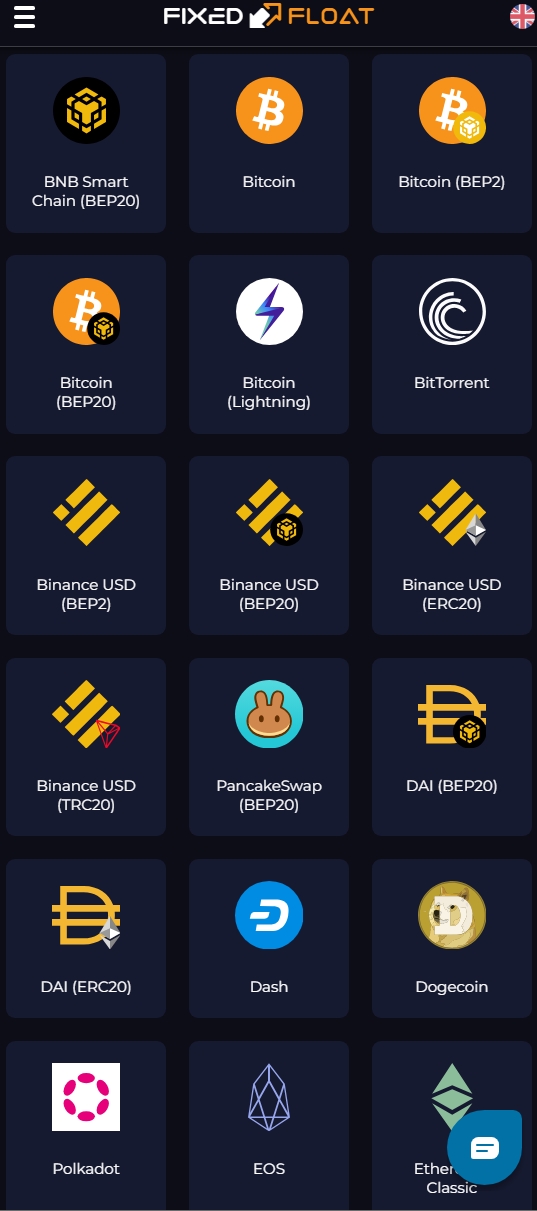RSI - Relative Strength Index belongs to the most popular indicators of technical analysis. It belongs to momentum oscillators. RSI was created by J. Welles Wilder. He described it in his book "New Concepts in Technical Trading Systems" in 1978.
RSI's main idea is to reveal moments when the asset becomes too expensive or too cheap. In other words RSI points out to the overbought and oversold levels and tries to make use of them.
RSI formula/calculation looks like follows:
RSI = 100 - (100 / (1 + RS))
where:
RS = the average increase of CLOSE prices within n days / average decrease of CLOSE prices within n days or
RS = average gain / average loss
Example: If we choose 14 periods for the calculation, where just 5 days closed higher, the sum of these 5 days gains is divided by all the 14 days, to get the average increase in price. The same is true for the Average decrease. The 9 days, when prices fell down would be divided by all the 14 days. RSI value moves in the range of 0 to 100, but it mostly oscillates around the neutral 50 points level.

Copyright © Picture made by Incredible Charts
As you can see in the picture above, Relative Strength Index can indicate the main reversal points also in advance.
How to use RSI:
- RSI is most common used in such a way, that values above 70 points indicate overbought level and values bellow 30 points indicate oversold level. When it is overbought, go Short and vice versa. We realize the trade just after the curve turns back and crosses the 70 line downwards, or 30 line upwards. It can indicate very strong trend meantime, so beware of entering trades immediately after it crosses signal lines! We should wait for its return to the range between 30 and 70 points, instead.
- Another common way of using it is to follow the RSI crossings with the neutral 50 line. RSI crossings upwards mean that the average gains (price increases) overcame the average losses within the "n" days. So, if the RSI crosses 50 line upwards, we Buy, if it crosses downwards, we Sell.
- Some technical analytics and traders are searching for entry and exit signals based on the positive and negative divergences between the price chart and the indicator.
Like other trading tools so RSI is appropriate to use in conjuction with other technical indicators. It is not recommended to combine it with Stochastic or W%R indicator. All these indicators are very similar as they point out to the same subject, which is just the oversold and overbought market.
Indicators like RSI, SSTO or W%R shouldn't be used while the market is trending a lot. In such case they generate many false signals to BUY or SELL. Despite the signals come, market can continue to rise or fall and it doesn't have to change. We can also use some of the trend indicators like ADX or Aroon are to filtrate the signals.
If you are interested in a deeper study of this technical indicator and prefer ready to serve solutions, this section may be of interest to you. There you can find all the available indicators in Excel file for download.
